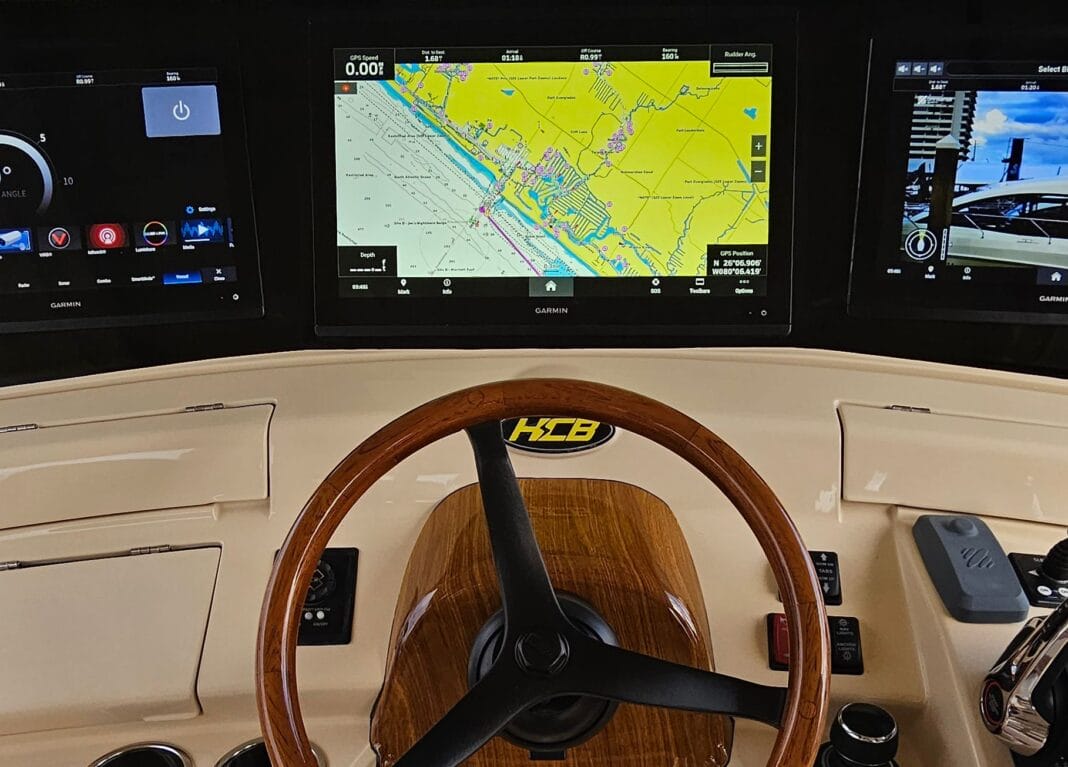Setting sail requires more than just wind and waves–it takes an understanding of the power of nautical charts. For centuries these maps have been a ritualistic part of seafaring, unlocking the secrets of uncharted waters and captivating generations with their mysterious beauty. Here’s a helpful guide to reading and interpreting these essential navigation tools–prepare for an immersive journey!
Nautical Charts: The Basics
Nautical charts are detailed graphical depictions of water bodies, which show depths, shorelines, as well as various navigational hazards.
Depth and Soundings
The depths of the sea hold a many secrets, and these are revealed through soundings. Represented in meters, feet, or fathoms, they denote mysterious depths that should be respected and understood. Before delving deeper into the abyss, be sure to have an understanding of the unit of measurement used.
Contours
Tracing the contours of the underwater world, connecting the dots between depths unknown. The lines weave an intricate web, revealing a topography few have ever seen before. These depths tell stories of creatures unseen, secrets held beneath the waves.
Colors
The colors of the water tell a story: pristine white reveals depths that have yet to be discovered, while rich blues and greens are shallow havens for marine life. The browns of land areas hold secrets that even our most advanced technologies have yet to uncover. All of these wonders are waiting to be explored.
Symbols
Nautical charts are like the roadmap of the sea filled with an array of symbols. Don’t get lost in their vastness, take your time to study them. They can guide you past buoys, lights, rocks, and wrecks lurking below the surface. Don’t forget to acquaint yourself with the chart’s legend or key also.
Latitude and Longitude
The world is written in lines. Criss-crossing through the globe, latitude and longitude stretch from pole to pole. Your exact location lies somewhere between these two points of reference, like a treasure waiting to be discovered!
Compass Rose
It stands tall, pointing the way to a journey of self-discovery and exploration. Unveiling secrets hidden beneath the stars, it guides us to our destination, true north and magnetic north entwined as one. With its power within our grasp, we can plot a course through life’s ever-changing seas.
GPS Charts: Modern Navigation
It’s now wise to journey the waters with a reliable navigational aide, and thanks to technological advancements, GPS charts have become commonplace on most sea-faring boats. Chart the course of your next great adventure with one of these essential nautical tools!
Real-time Positioning
Utilize the power of GPS to chart out your journey with pinpoint accuracy. Each passage of your voyage is tracked and visualized right before your eyes, in real-time.
Speed and Course
Every navigation system reveals your current speed and course for maximum control and precision. Knowing what lies ahead of you is crucial to crafting a perfect path forward.
Display
With GPS charts, you can take a deep dive into the details or soar up to the broader view. The intuitive design invites you to explore its interactive features, pan effortlessly and zoom in or out for an eye-opening experience.
Waypoints
With the GPS feature, users can now establish points of interest, sketch a route to their destination, and explore unknown terrain.
Routes
By carefully linking multiple waypoints, you can craft a captivating voyage that guides you from distant horizons to unknown shores.
Overlay Information
Uncover an ocean of information with GPS overlays! View live Automatic Identification System (AIS) data, current weather patterns and tide flows right on your chart.
Depth Soundings
The latest GPS systems boast a powerful depth sounder, offering crystal-clear readings that appear as though by magic right on top of the chart. With this incredible device, you can immediately know exactly how deep the waters are beneath your boat’s hull.
Automatic Alerts
With certain GPS systems, you’re quickly alerted of any impending danger or detours around it. No longer will you be on a course to the unfamiliar and unknown.
Chart Your Course to Navigation Success
Voyage with confidence by heeding these navigational tips:
Stay Ahead of the Curve
Always use the latest charts to keep yourself safe and on course. New hazards can appear while old ones evolve, so be sure to stay ahead of the game with updated navigational products.
Use Both
Fusing the old and new, GPS charts offer a wealth of navigational information. However, don’t forget the classic paper chart–it’s your lifesaver in times of emergency. No matter how advanced we may be, electronics can still succumb to failure–but paper will remain steadfast.
Plot Consistently
On longer journeys, make sure to keep a timely record of your location on the chart. Doing so will ensure that you always have an up-to-date reference point and stay on track!
Enroll in Courses
Take charge of your destiny with courses in navigation from established maritime outfits. The highly-skilled instructors will teach you how to read and interpret charts so that you can make informed decisions out at sea.
Practice Makes Perfect
The key to unlocking the secrets of nautical and GPS charts is practice. To help you understand your local waters, immerse yourself in these visual maps and explore their possibilities.
Steering a course through the waves is an ancient art, where science and skill unite to ensure a safe voyage. Chart reading allows intrepid navigators to read the waters like an open book–from time-honored paper charts to modern GPS systems. A mastery of the details grants you the confidence to conquer any ocean, and venture with faith wherever your heart desires.


